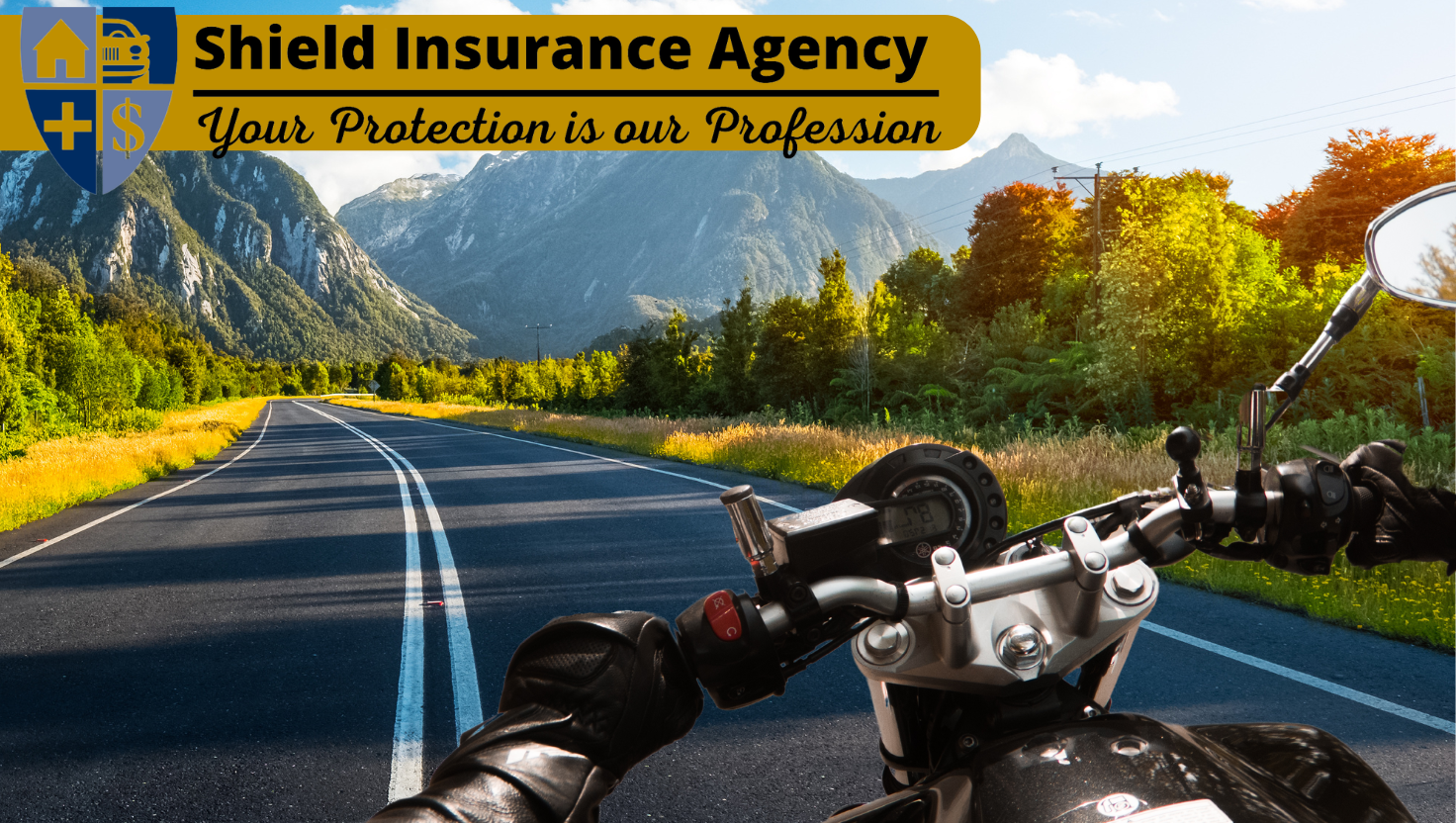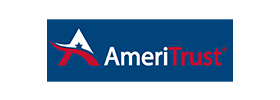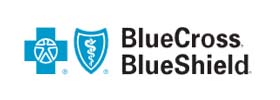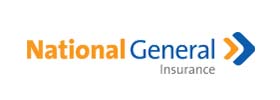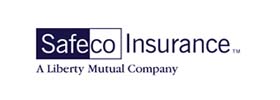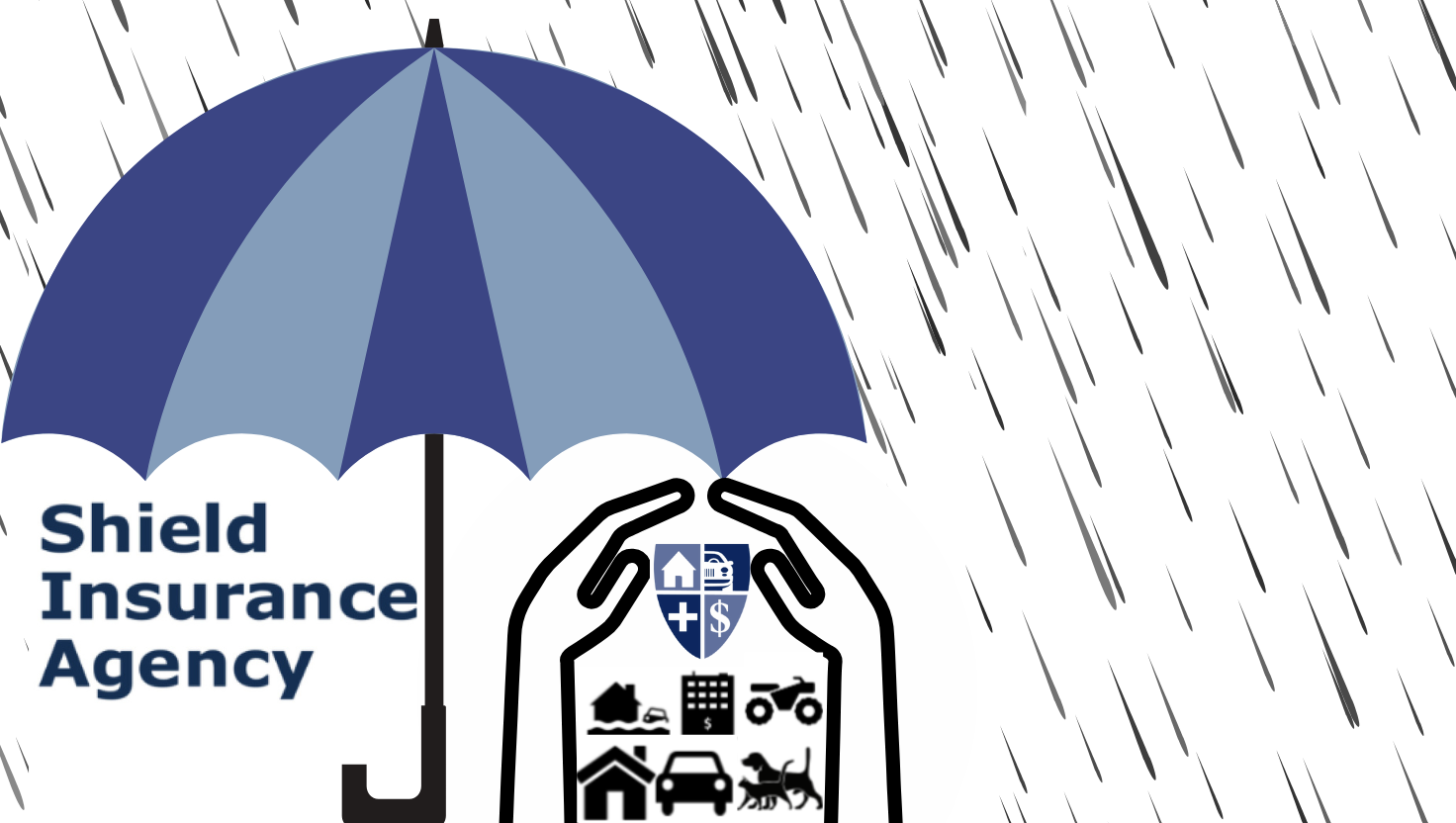
Umbrella Insurance Policies
Shield Insurance Agency Blog | Umbrella Insurance | Start A Quote Today!
Hello everyone, this is Tj Simmons from Shield Insurance, and today I wanted to write a blog about an Umbrella Policy, and what it actually means, and how to actually use it, and then I am going to show some examples of Claim situations that the Umbrella Policy actually came into play.
The first thing that I would like to mention when explaining an umbrella policy to someone – especially if they own a business, is there are two different types of Umbrella policy, Personal, and Commercial, Personal umbrella is for PERSONAL use (go Figure) and Commercial is for Commercial.
The purpose of an Umbrella policy in Insurance is to cover the unforeseen tragic accidents that could leave you responsible for paying out of pocket if an umbrella policy was not in force. A lot of times when we ask people what an umbrella policy is for – they tell us “it is to cover the things that my regular policy does not cover” that is false. Your Umbrella policy is there for when your regular policy limits are exhausted, and there is more money to be paid out, that your regular policy has already maxed out its coverage. That is where an umbrella comes in (You can think of it like an umbrella opens up HIGHER than you, and WIDER than you, to protect you from rain.)
Umbrella Insurance
So the Umbrella is for a payout that is higher than what your current policy is written for. The Umbrella policy covers each policy that you have, as long as the carrier that is writing all of the policies, has the right guidelines. What that means is whether it’s a Liability Claim, an Auto Claim, a Workers Comp Claim, a Home Claim, RV Claim, no matter the policy, your Umbrella policy is ready to cover any payout that has exceeded the written policy limits. The easiest example that Tammy my business partner likes to use when we are discussing with people, is a car accident.
Let us say that you ran a red light and you T-Boned a car that had a high-paying Surgeon Driving. You just broke both of his hands! (yikes) this Surgeon makes $1000/Hr, and now he cannot work because his hands are shaky from getting T-Boned by you. This surgeon’s entire life now is changed because of you. After the claim situation is handled, it is stated that you must pay the Surgeon $2 Million Dollars, for hurting his hands and preventing him from working.
Your Auto Liability limit is only $1 Million per Claim, so now without an umbrella policy in force, you as the insured are on the hook to pay $1 Million dollars out of your pocket…Get ready to go Bankrupt! So – that is why you have an Umbrella policy in play. In this scenario, your umbrella policy would cover the last $1 Million, and you would just pay your deductible out of pocket. This is what the Umbrella policy is for. Here are a few more Examples –
- A Baby Sitter left a 5 month old infant unattended in a walker. The Infant toppled the walker, struck her head on the floor, and suffered Brain Damage. The parents of the Infant sued the teenage babysitter and her parents. The court awarded the infant’s parents $11,000,000.
- The Insured’s Tenant Claims she became ill from Carbon Monoxide Poisoning resulting from a Faulty furnace. the Tenant Claimed Permanent brain Damage and Demanded $750,000.
- A Teenager, who was destined for greatness as a softball player, Filed a $700,000. lawsuit against her Former Coach, Alleging his “incorrect” teaching style ruined her chances for an Athletic Scholarship.
All of these claims were paid out, and if there was an Umbrella Policy in place, they came into play in these scenarios. Now – think about the $11 Million – do you think their Umbrella policy covered all of that? Or do you think that Babysitter is still paying for her mistake to this day?
Thanks for reading everyone! Have a wonderful day, please feel free to reach out to me at Tjsimmons@Shieldagency.com or 616-377-4398 to Chat. Or connect on LinkedIn.





